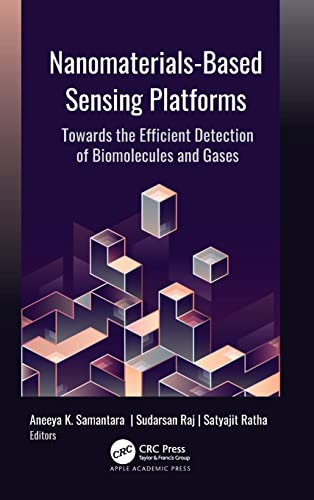

Most ebook files are in PDF format, so you can easily read them using various software such as Foxit Reader or directly on the Google Chrome browser.
Some ebook files are released by publishers in other formats such as .awz, .mobi, .epub, .fb2, etc. You may need to install specific software to read these formats on mobile/PC, such as Calibre.
Please read the tutorial at this link: https://ebookbell.com/faq
We offer FREE conversion to the popular formats you request; however, this may take some time. Therefore, right after payment, please email us, and we will try to provide the service as quickly as possible.
For some exceptional file formats or broken links (if any), please refrain from opening any disputes. Instead, email us first, and we will try to assist within a maximum of 6 hours.
EbookBell Team

5.0
110 reviewsSensors are effective tools to carry out cost-effective, fast, and reliable sensing for a wide range of applications. This volume,Nanomaterials-Based Sensing Platforms: Towards the Efficient Detection of Biomolecules and Gases, presents a brief history behind the sensing technology and also emphasizes a broad range of biosensing techniques based on optical and electrochemical response methods. Starting from the traditional enzyme-based biosensing method to functionalized nanostructure-based sensors, this book also provides a detailed overview of some of the advanced sensing methodologies based on photonic crystal cavity-based sensing devices. The authors have compiled the book keeping in mind the extraordinary success history of nanomaterials, their current strategical exploitation, and an unprecedented pool of possibilities they hold for the future. Many of the technologies have been developed recently for the sensing of various bio-analytes and molecules, some of which have been included in this book through dedicated chapters in a highly organized manner. The book looks at the various sensors, such as for biosensing, electrochemical sensing, gas sensing, photo-electrochemical sensing, and colorimetric sensing, all of which have shown potential. This volume will be valuable for professors, scientists, graduate students, industry professionals, researchers, and libraries. Many universities, institutes, and colleges are offering courses on nanotechnology, nanoscience, materials sciences, and this volume will be a helpful ancillary text.